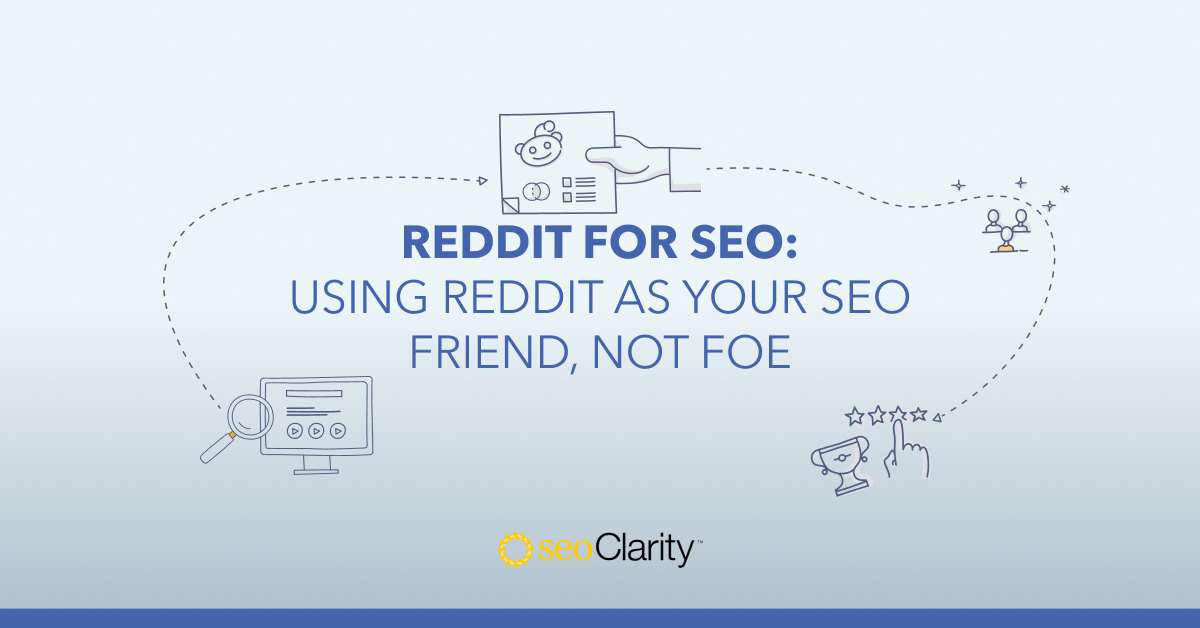As AI search engines become increasingly popular for retrieving information, they have the potential to significantly influence user perception, guide purchasing decisions, and shape overall brand visibility
As such, it’s essential for SEOs, marketers, and brand managers to understand not only how their brand appears within AI-generated answers, but also search intent and how users are engaging.
There are two primary methods for tracking AI search visibility: UI scraping and API-based data collection. The method used can significantly impact the accuracy, completeness, and usefulness of the insights you receive.
In this post, we’ll break down the key differences between UI scraping and API-based data collection to help you cut through the noise and choose the approach that best supports accurate AI search visibility tracking.
Table of Contents:
- API-Based Data Collection for AI Search: How It Works
- The Downside of API-Based Monitoring
- UI Scraping for AI Search Data: How It Works
- The Advantages of UI Scraping
- Side-By-Side Comparison: API vs UI Scraping
- Why This Matters for Enterprise AI Search Optimization
- The Bottom Line
API-Based Data Collection for AI Search: How It Works
AI search platforms offer API access. This is designed for developers to build applications and interact with the language model, focusing often on text-based tasks rather than product discovery or shopping-related features.
For example, using OpenAI’s API, you define parameters (like model version or prompt) and receive a raw output from the model without any influence from the ChatGPT interface.
The Downside of API-Based Monitoring
API access is, no doubt, the easiest way to gather AI search visibility data. It’s clean, fast, and open to anyone. Many new players entering the AI search tracking space are taking this route precisely for these reasons.
But here's the problem: APIs do not show what real users actually see.
Take ChatGPT, for example. The interface users interact with applies its own proprietary logic, adding features like:
- Shopping results with clickable product links
- Plugins and browsing enhancements
- Specific model behaviors tied to UI settings
None of that is accessible via the API. The API returns plain text that is detached from the nuanced logic of the ChatGPT experience. It’s not a mirror of reality. It’s a simplified version for developers.
This leads to the fundamental flaw: you can’t fully understand how a brand is showing up in AI search if you’re only seeing what the API allows.
UI Scraping for AI Search Data: How It Works
UI scraping simulates a logged-in user interacting directly with an AI tool like ChatGPT. It captures the full response as displayed in the interface—including model selection, live web browsing content, citations, shopping results, and formatting.
UI scraping is typically used when the goal is to mirror what end users see during real interactions with the platform.
The process typically involves:
- Logging into the platform programmatically
- Issuing queries as a real user would
- Capturing rendered output, citations, and any interactive elements
- Digitizing the rendered output into useful data, metrics and insights
The Advantages of UI Scraping
When it comes to fully understanding what the end user sees, UI scraping is the more effective approach.
Scraping from a logged-in perspective allows you to replicate the true user experience by:
- Capturing actual results as users see them
- Retrieving all citations, brand mentions, and contextual phrasing
- Reflecting the influence of model choice, browsing behavior, and plugins
This method is more challenging from a technical perspective, but it delivers a more complete and accurate view.
As previously stated, the ChatGPT UI includes additional logic and response handling not reflected in the API. Further, many of the underlying parameters used in the UI are not publicly disclosed, making it impossible to fully replicate the same output through the API alone.
Ultimately, scraping the UI is the only way to capture the full picture of brand visibility in AI search.
Side-By-Side Comparison: API vs UI Scraping
Still unsure which method provides the most accurate results? See for yourself!
Here’s a side-by-side comparison of responses to the same query “top 3 running shoes for low arches,” run through both the ChatGPT UI and the API, using the same GPT-5 model with web browsing enabled.
API Response With Web Search Enabled:
- Text-only output
- Includes citations from relevant sources
- No formatting or structure typical of user-facing platforms
- No shopping or product-specific enhancements
- Generic summary without brand emphasis
UI Output For the Same Prompt:
- Conversational tone with natural language formatting
- Includes clickable shopping results (when available)
- Highlights specific products with context and user-focused recommendations
- Dynamic interface logic (e.g., model settings, browsing behavior) influences output
- Mirrors the real experience end users see
While the API does return a response with cited web sources, the experience is noticeably different. The UI version includes a more curated, conversational result, often with richer formatting, product highlights, and additional context that mirrors how users engage with the platform.
Despite using the same model and enabling browsing, the output between the two is far from identical, reinforcing the fact that the UI introduces its own logic, presentation, and enhancements that the API doesn’t replicate.
Why This Matters for Enterprise AI Search Optimization
Brands don’t just want to know what a model is capable of generating. They want to know:
- Where their brand appears in generative answers
- How competitors are being mentioned
- How product recommendations are made
These are questions about experience, not just data. And that experience can only be captured by emulating the user’s interaction with AI search tools.
The Bottom Line
API-based solutions provide a clean and consistent dataset, but it’s a simplified view. They show a version of the truth, not necessarily what end users experience.
Scraping from the UI, on the other hand, captures the full context: citations, phrasing, shopping results, and everything else that shapes how your brand appears in AI search.
We built AI search visibility tracking in Clarity ArcAI to help marketers optimize for real-world impact. Schedule a demo to see exactly how, and where, your brand is represented in AI-generated results.







Comments
Currently, there are no comments. Be the first to post one!